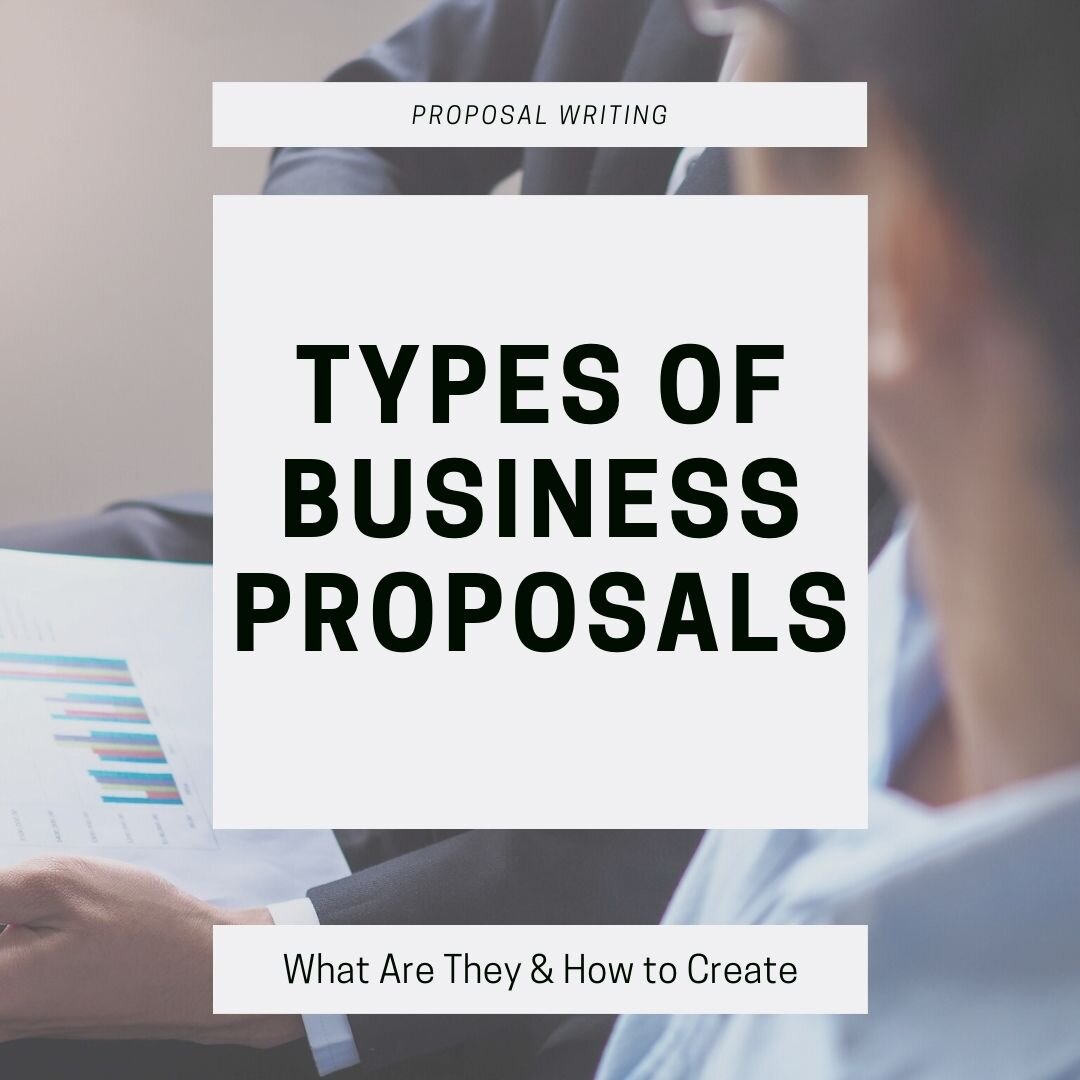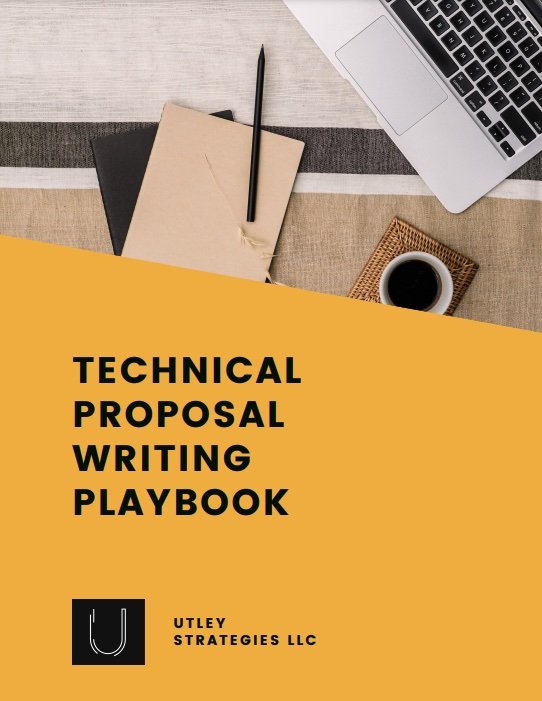5 Types of Business Proposals
If you search “how to write a business proposal”, you will find guides for all types of proposals. The hard part is narrowing down the information to find the type of proposal that fits your needs. In this post, we cover the 5 most common types of business proposals and how to create one that stands out.
Watch the video below or scroll down to keep reading.
Investor Proposal
Investor proposals are exactly what they sound like: business proposals designed to help gain an investor. These can be used for getting a loan from a bank, garnering VC funding, or soliciting investment from people in your network. The goal of the investor proposal is always to receive investment of some sort, and these often resemble a business plan.
Target Audience: Potential investors such as banks, investment firms, friends & family
How to Write: Investors want to know that you have a sound business strategy and their money won’t go to waste. Write this proposal as a business plan, and highlight the ways that they will receive a return on their investment. Speak to when you expect to break even, how you will beat out the competition*, and who you will target with your product or service.
Key Points to Highlight: Return on Investment for investors, qualifications of your leadership team, proof of past success (i.e. do you have any current customers), potential weaknesses and how you mitigate them
*A common misconception with innovations is that you have no competition. Even if your specific product or service doesn’t exist, the pain point you are solving is being solved in some way currently. In your proposal, write what that is and why your way is better.
Sales Proposal
While investor proposals seek investment, sales proposals aim to sell a product or service to a customer. Sales proposals are a common part of the day-to-day sales process for most B2B companies. They can be lengthy documents in response to RFPs (see below) or shorter overviews to close a new contract.
Target Audience: Procurement committee, buyers at the potential customer
How to Write: The key to making a sales proposal stand out is to highlight the benefit of your offering to the organization. Many companies focus too much on who they are and what they do. Instead, write about what the customer will receive and/or experience if they sign a contract with you. Examples include saving time/money, streamlined processes, improved team morale, etc. See our post on Proposal Themes for inspiration.
Key Points to Highlight: Any differentiators from your competitors. Also mention key ways that you solve the customer’s pain points.
RFP Proposal
RFP proposals are sales proposals that are submitted in response to a formal Request for Proposals (RFP). While many sales proposals are sent in follow up to a sales meeting, responses to RFPs are solicited by the customer with the goal of reviewing proposals from many companies at once. This makes RFPs more competitive than many sales proposals. In the government space, following the RFP instructions for compliance is also key.
Target Audience: Evaluation committee
How to Write: First and foremost, always follow the instructions in the RFP for how to organize and create your response. Similar to sales proposals, highlight your benefits to the organization and why you are better than the competition.
Key Points to Highlight: Review the evaluation criteria and focus on highlighting how you meet those requirements to gain as many points as possible.
Want to learn more about RFPs? Check out the RFPs 101 Course.
Project Proposal
Project proposal is a term that refers to both internal and external proposals for new projects. While the audience will differ depending on if it’s internal or external (which makes this more of a sales proposal), the premise is the same. For project proposals, you need to define the project and its goals, why it matters, who will be involved, and the desired outcome.
Target Audience: Internal leaders (if internal), buyers and procurement team (if external)
How to Write: You can think of an internal project proposal as a mini business plan or investor proposal. For these projects, your goal is to have the company or department invest in your project. That means you need to show why this project is important, why you’re qualified to lead it, and how the goals will be achieved.
External project proposals are sales proposals for a specific project. The information under Sales Proposals can be used here.
Key Points to Highlight: The timeline, project goals, risks with mitigation, key project milestones, approach to implementation, staff, and project goals/benefits
Grant Proposal
Grant proposals are a combination of investor proposals and RFP proposals since many grants have formal RFPs. The goal with grant proposals is to gain funding to continue the mission of the organization. While most grants are for nonprofit organizations, there are a few for-profit grants as well. Always show why funding your initiative will result in achieving your mission.
Target Audience: Evaluation committee
How to Write: Show that your organization has a strong plan for achieving its mission. If possible, include metrics to showcase your current success. Think about who else might be applying for the grant and why your organization will make better use of the funding.
Key Points to Highlight: Exactly how the funding will be used, how you will measure success
Download the *FREE* Technical Proposal Writing Playbook to improve your proposals today!
Next Steps for Proposals
Now that you know the different types of business proposals, it’s time to get started writing your own! Check out the blog posts below for inspiration or contact us for help.



